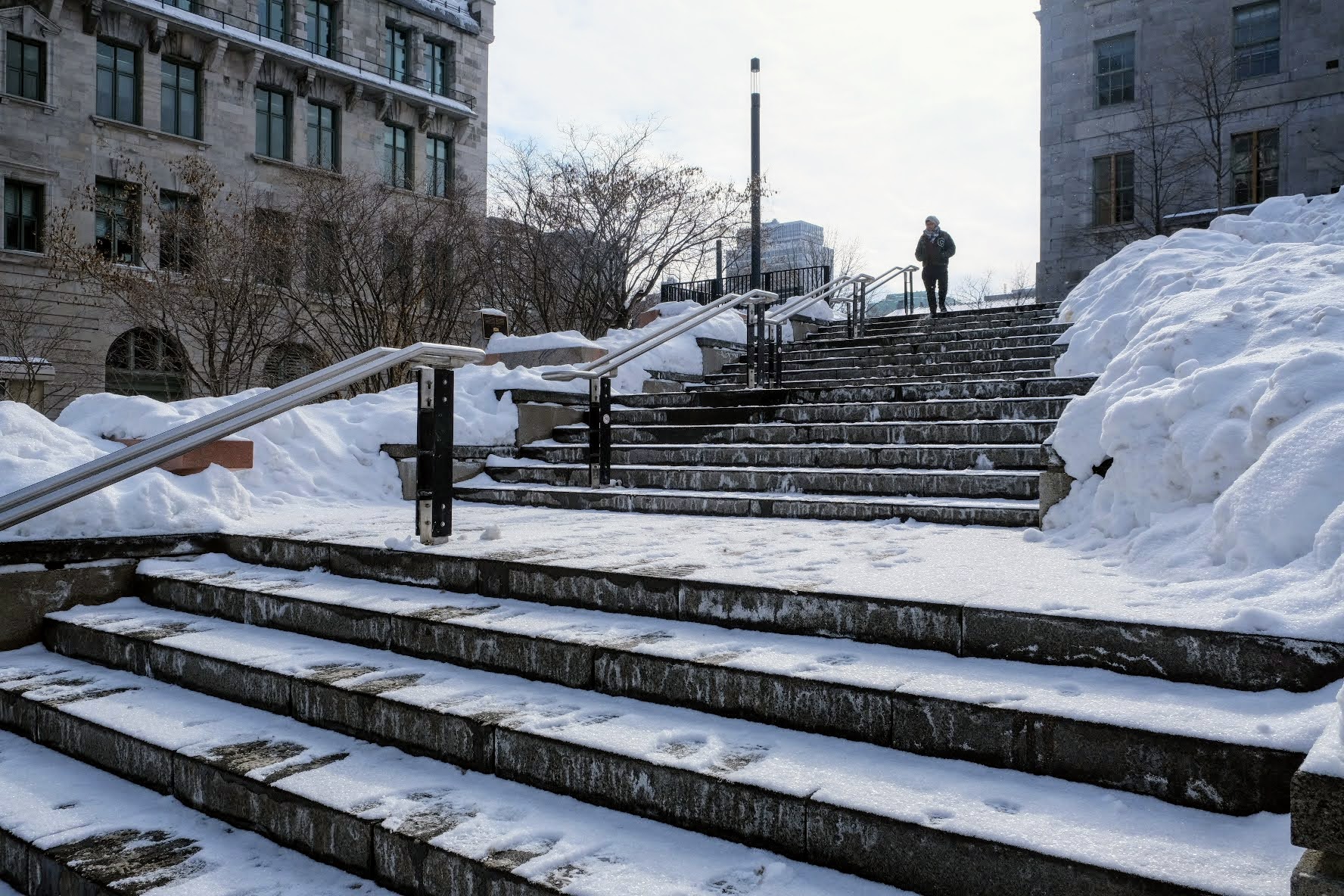Every year, McGill students curse the campus terrain as they trudge up the hill towards the Life Sciences Complex. However, the health benefits of climbing up the hill are abundant. Research has shown that for those able, walking reduces the rates of cardiometabolic diseases like diabetes, heart attacks, and strokes.
A new study conducted by a group of McGill researchers explores the link between a city’s walkability scores and rates of cardiometabolic disease and mortality.
“Cardiometabolic diseases, such as cardiovascular diseases and diabetes, are the kinds of chronic diseases that are influenced by individual behaviours—namely physical inactivity and diet,” Sarah Mah, a PhD candidate in McGill’s Department of Geography, wrote in an email to The McGill Tribune.
Active living environments, also known as walkable environments, are defined as easily navigable areas with well-connected walking paths, a variety of destinations within walking distance, and denser populations. The team wanted to expand on previous research that showed that these types of neighbourhoods are linked to positive health outcomes.
The group conducted their study using data from 250,000 respondents from the Canadian Community Health Survey and death records from the Canadian Mortality Database. The datasets contained information regarding social and demographic characteristics as well as health behaviours like physical activity levels. Afterwards, Mah and her colleagues used the Canadian Active Living Environments (Can-ALE) database to assess how living environments impact physical activity levels, and the risk of premature cardiometabolic death.
The team observed that people walked more frequently in neighbourhoods with favourable conditions for active living. They also found that walking was associated with lower premature cardiometabolic death in all groups except for middle-aged men. On average, people walked more in these environments, regardless of sex and age.
Overall, these results highlight the importance of the built environment—man-made structures and features in a neighbourhood—in shaping behaviour and health.
“We have seen a huge increase in obesity rates and overweight rates over the last 30 to 40 years,” Mah said in an interview with The McGill Tribune. “One of the ways to curtail that is to encourage people to be physically active. Whether our neighbourhoods are built to support active lifestyles is part of that.”
Mah believes these environments can also encourage sustainability.
“We are heading towards a future that is not looking good in the way of climate change,” Mah said. “I think figuring out how to structure our environment such that we can reduce motorized transportation and live more sustainably is going to be really important.”
Mah suggests that improvements on neighbourhood design plans can be made by considering these research findings.
“The research shows that neighbourhoods that support active living tend to be places that are easy to navigate, have more people, and have more places that people can walk to for their daily needs and activities,” Mah said.
She further recommends that policymakers re-examine existing neighbourhoods to identify ways of improving active living, like increasing mixed-use planning. Another way to promote a city’s sustainability is to support initiatives like the creation of safe bike lanes.
In our increasingly sedentary lifestyles, designing environments that promote walkability is more important than ever. Cities all over the world stand to benefit from active living environments. Universities like McGill could be a source of inspiration, given its active living environment that includes opportunities for walking and cycling.
“Universities tend to be very active living friendly,” Mah said. “Not only do students have destinations that are walkable, densely connected population areas, [they] also have some great destinations to amenities, to groceries, to healthcare.”








